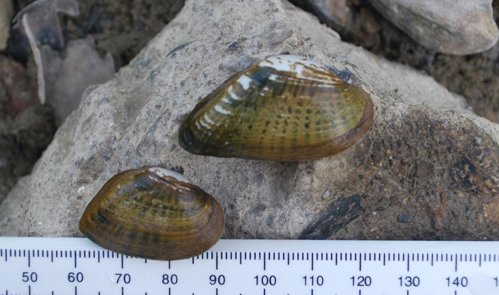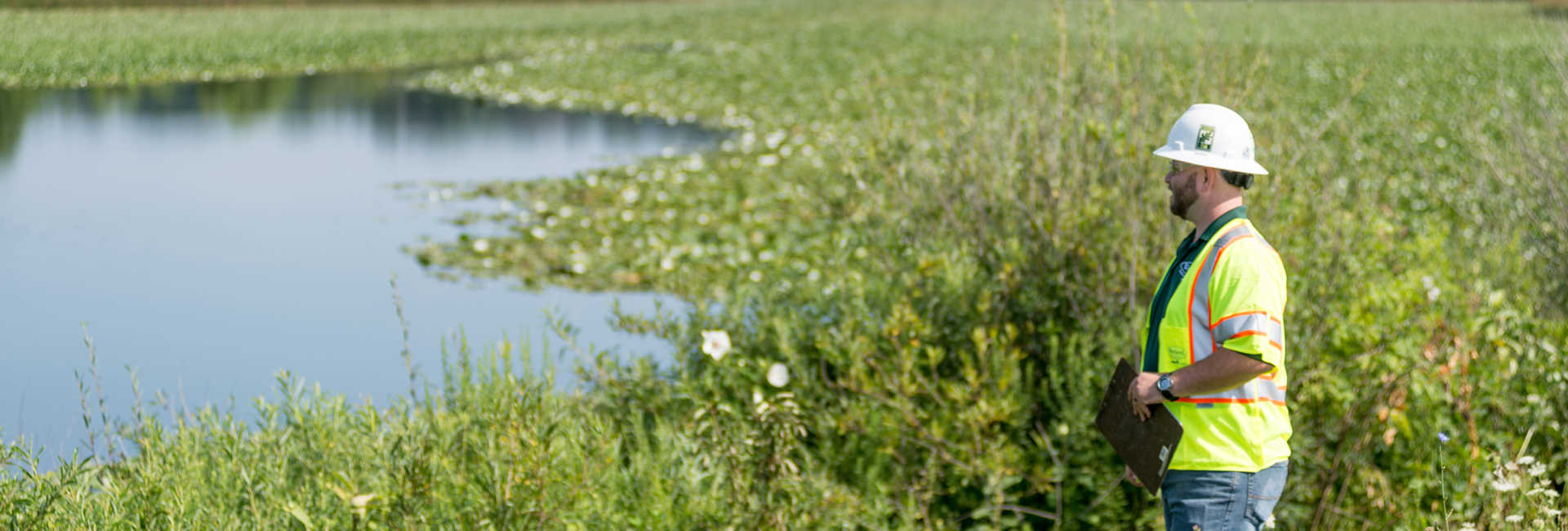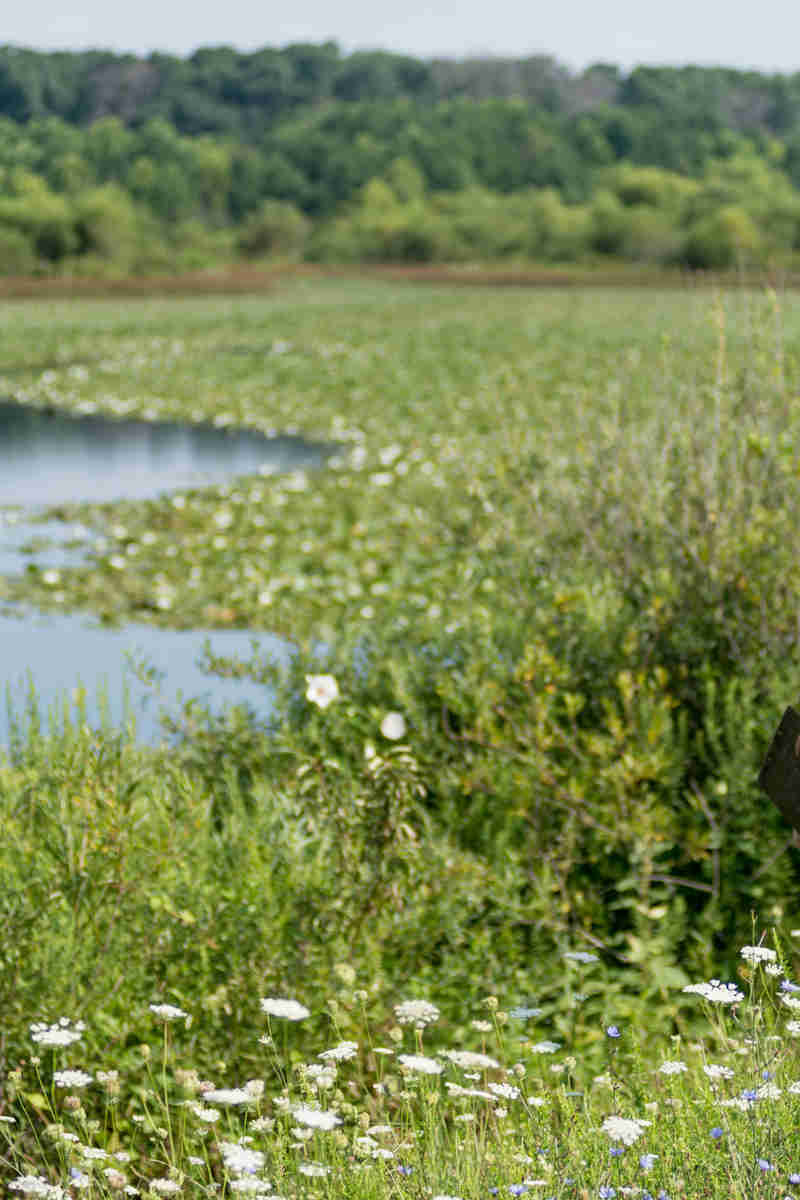
What are freshwater mussels? Freshwater mussels are bivalved mollusks, very similar in appearance to their clam and oyster cousins in the ocean. They are present in many of Ohio’s streams and rivers, where they act as living water filters.
What does Ohio law say about mussels? All native mussels are protected in the State of Ohio. In addition, ten federally listed species occur in the state and are protected by the Endangered Species Act. Ohio Department of Natural Resources (ODNR) has developed the Ohio Mussel Survey Protocol to help developers avoid impacts to these protected species.
The Ohio Mussel Survey Protocol lists all of Ohio’s potential mussel streams and breaks them down into five categories:
- Unlisted: Streams not listed in the protocol with watersheds greater than 10 mi2 that have potential for mussels but Federally Listed Species (FLS) not expected.
- Group 1: Small to mid-sized streams, FLS not expected.
- Group 2: Small to mid-sized streams, FLS expected.
- Group 3: Large rivers, FLS not expected.
- Group 4: Large rivers, FLS expected.
If a project requires impacts to mussels or potential mussel habitat within any of these listed waterways, the waterway will require a mussel survey before construction can begin. The survey season for mussels in Ohio is May 1 through October 1.
Mussel surveys and relocation: The type of waterway determines the type of survey required, and subsequently, the level of qualification needed for the surveyor. There are three levels of qualification for surveys in Ohio (all levels require an Ohio Scientific Collectors Permit):
- Reconnaissance of Group 1 Systems - A recon survey can be completed for Group 1 streams (or unlisted streams with watersheds greater than 10 mi2). A recon survey is a quick visual search to determine if mussels are present; if mussels are present, a full mussel survey is required. To survey these systems, the surveyor must have at least two (2) years of relevant field experience and a Bachelor of Science degree with relevant coursework.
- Surveys of Group 1 and 3 Systems can be surveyed by using visual or surface search techniques and require the surveyor to have passed the Standardized Freshwater Mussel Identification Test (in addition to the recon survey qualifications).
- Surveys of Group 2 and 4 Systems may require a two-phase search. Phase 1 of the survey consists of a visual search of 1 meter wide transects. A Phase 2 survey is required if one of the following triggers is met:
- Mussel density of 0.5/m2 within any 5-meter segment or within any area of a cell
- Observation of at least two species, live or fresh dead, not listed in Appendix H of the protocol
A Phase 2 survey is more intensive survey used to determine if FLS are present within the mussel concentration defined in Phase 1. Surveys performed in Group 2 and 4 streams require the surveyor to have a federal permit from U.S. Fish and Wildlife Service (in addition to the Group 1 and 3 Systems qualifications).
All mussels identified within the project impact area must be relocated to a safe location upstream before construction begins.



